Europe's unluckiest city? A postcard from the Liverpool of the Balkans
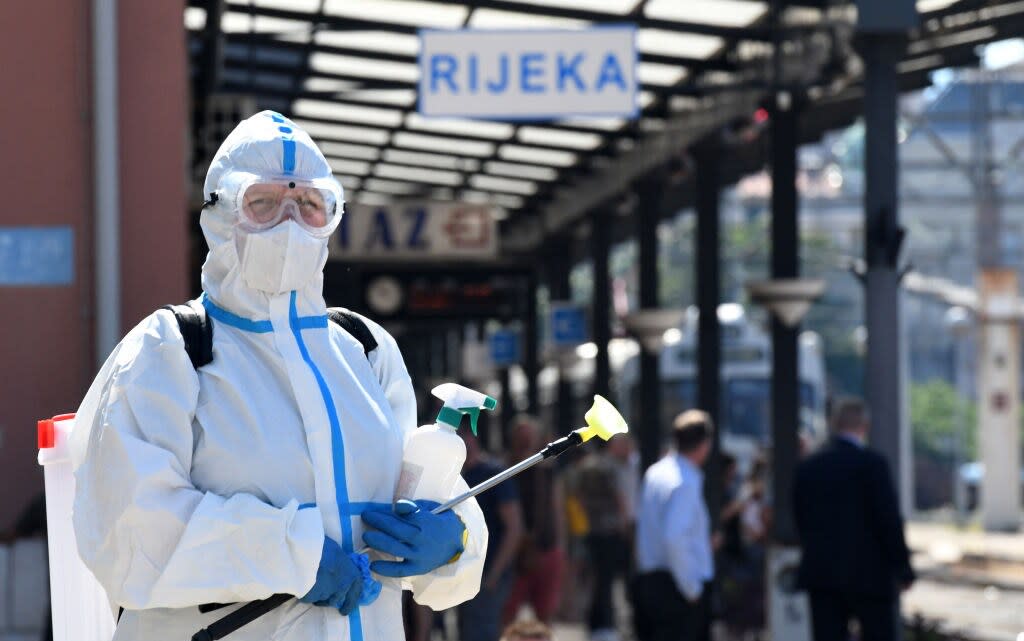
Your heart has to go out to Rijeka. The start of the year saw Croatia’s third-largest city brimful of optimism and confidence. After unexpectedly pipping both Dubrovnik and Split to the post to be designated the country’s first European Capital of Culture (Galway was also a winner), the port was poised to dazzle new audiences with a show-stopping programme of events. Instead, with the spent firework cartridges from February’s exuberant opening ceremony barely swept up from the quayside, the pandemic rained suddenly and catastrophically all over Rijeka’s parade. Lockdown restrictions, border closures and the cancellation of public events threatened to bring the party to an end before it had begun.
Yet Rijeka 2020’s organisers and partners have rallied to keep the show on the road. Performance videos were streamed throughout lockdown and, as restrictions eased, they reconfigured events to accommodate social distancing rules – many in outdoor locations. Now, as city life begins to return to normal, Rijeka is getting ready to steal the show once more.
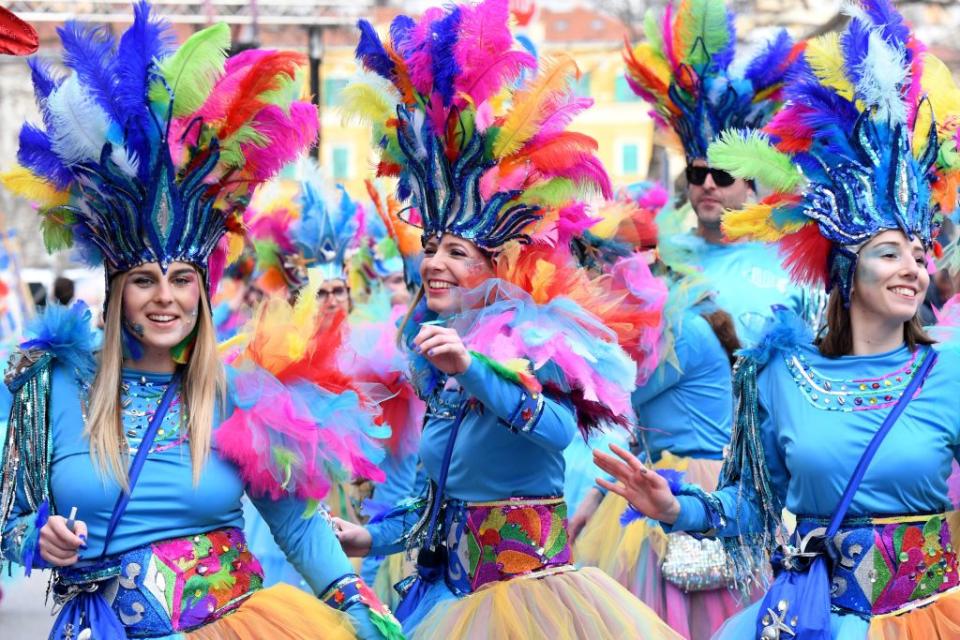
If you haven’t heard of Rijeka (pronounced “Ree-ecka”) until now, don’t worry, you won’t be alone. Although it’s only 15 minutes away from the opulent coastal resort of Opatija, and is directly connected by road and ferry to some of Croatia’s most beautiful islands, the city has never been an obvious tourist destination.
My first visit, back in 1973, wasn’t exactly encouraging. I was on the last leg of an Interrailing trip and having not done any research whatsoever on what was then Yugoslavia, I simply stuck a pin in a map and expected to find myself somewhere a bit like Dubrovnik, which I remembered from a postcard.
Ah, the follies of youth. Instead of the bijou little resort of my imagination, I arrived in a hulking industrial port, forested with rusty cranes. And, even though it was early September, the rain lashed down unrelentingly. I took the first train out of town.
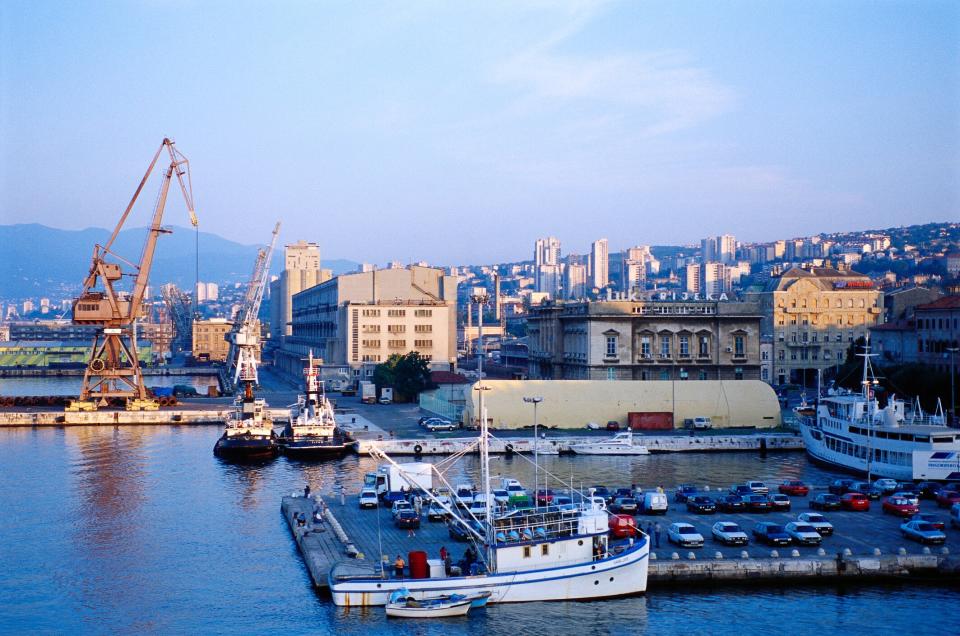
And that, I thought, was that. But fast-forward nearly 40 years and the news of Rijeka’s impending European Capital of Culture status was enough to make me pause for thought. Perhaps I’d missed something about the city all those years ago during my grand sulk? Or maybe things had changed?
I decided to risk it – perhaps it would be love at second sight – and finally revisited last summer. This time, though, I’d done my homework in advance and had a better idea of what to expect – namely, that Rijeka isn’t chocolate-box pretty. The city has its share of architectural glories, reflecting its complicated political history under successive rulers – a Roman archway, a baroque cathedral, Italianate villas and wedding-cake Habsburg palaces. It has a buzzy pedestrianised Korzo as its main hub, and an attractive Riva promenade along its waterfront – a place that had been cleaned up massively since my first visit. Set on peacock-blue Kvarner Bay and framed by the wooded Ucka mountains, it also has an unexpectedly glamorous location. But it’s still way too gritty to bag top prize in any beauty contests. That’s simply not its USP.
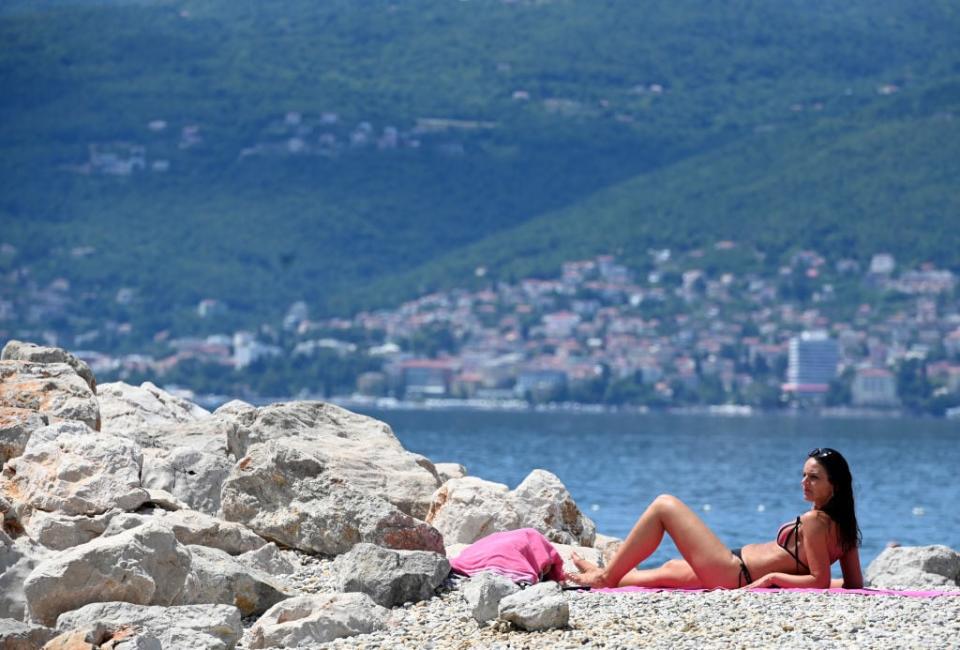
What gives Rijeka its winning edge and what I fell in love with (this time) is something much less definable than aesthetic charm. It’s the sheer energy and vitality of the place that wins you over: its proud cultural diversity, its flourishing “alternative” music and arts scenes and its unabashedly defiant quirkiness. With a strong student presence, a long-established reputation for grass-roots activism and the nickname “Red Rijeka”, it has the feel of a city that believes in itself, a city where things happen. If you visit expecting an exuberant arty powerhouse along the lines of a Liverpool of the Balkans, you won’t be disappointed.
Like Liverpool, Rijeka has music in its blood. In 1976, just a month or so after The Sex Pistols released Anarchy in the UK, local band Paraf played the first punk gig in Eastern Europe in the city centre. The former Yugoslavia was still a communist state then, but underground rebellion was well under way. One of the city’s key music venues, Palach, had been renamed in 1969 to commemorate the self-immolation of Czech anti-Soviet protester Jan Palach. It’s thriving still, in a courtyard splashed with graffiti and murals. Nowadays, new clubs and indie venues continue to spring up. The renovated Tunel Bar, found in an archway beneath the railway line, mixes art exhibitions with live concerts and jazz jams. Further along the Rjecina river, funkily-furnished Zivot (meaning “life” in Croatian) is a popular party-till-dawn destination.
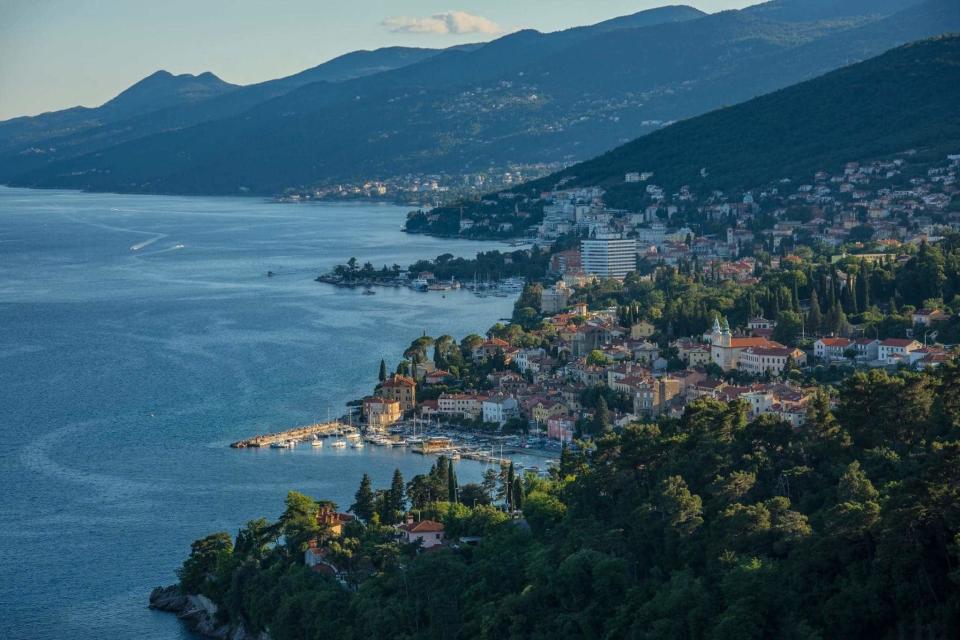
But you don’t need to be in your early-20s to “get” Rijeka. For one thing, its convivial café culture is a delight. The broad sweep of the city’s Habsburg-designed Korzo is lined with grand fin-de-siècle establishments, decked with heaving trays of sticky confectionery that wouldn’t look out of place in Vienna. More beguiling still, if you veer off the beaten track, are the small, formerly derelict Old Town squares that have been transformed by urban regeneration projects into multi-purposed meeting places. Pavlinski Trg (“Pauline Square”), near Rijeka’s medieval kosi toranj (the city’s own “leaning tower”), combines a vast open-air café with a colourful children’s play area.
Another of my favourite chill-out spots was downtown Cajni Trg (“Tea Square”), where wooden barrels were planted with varieties of teas in 2017 as part of a “Green Wave” initiative to bring more vegetation into the city centre. Locals gather to sip teas (and other drinks) al fresco beneath a huge blue tree mural.
In cosy Samovar Bar, on the corner of the square, I was served “Torpedo” tea, supposedly the favourite blend of Englishman Robert Whitehead, whose engineering firm – based in the city – produced the world’s first naval torpedoes in the 1860s. This scored pretty highly on the quirky scale. As did discovering a life jacket from Titanic (salvaged by an 18-year-old Rijeka-born steward serving on the rescue ship Carpathia), displayed in the city’s Maritime and History Museum in the former Governor’s Palace. And then there was my visit to the Peek & Poke Computer Museum, a geeks’ wonderland stuffed with vintage tech nostalgia.
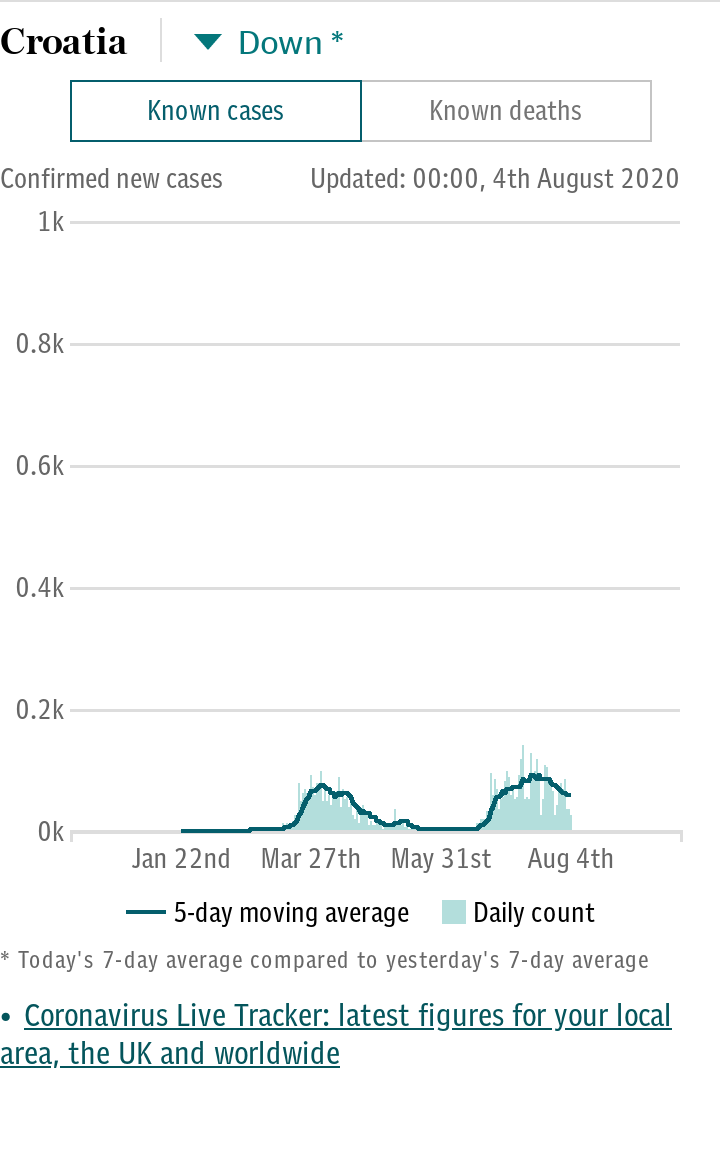
At the top of the list of bizarre one-offs was a trot down to the dockside to clamber aboard Galeb – the former naval ship that became the official “yacht” of Yugoslavia’s President Tito (1892-1980). He sailed it up the Thames in 1953 to meet Winston Churchill, and hosted numerous foreign dignitaries and Hollywood luminaries on board over subsequent years.
Renovation of the yacht as a museum ship is to be a highlight of Rijeka’s tenure as European Capital of Culture. At the time of my visit – just before it left harbour for works in Kraljevica shipyard – it was a ghost ship: a flaking grey rust-bucket, stripped of its furnishings and without a hint of its illustrious past. Yet exploring the echoing silence of its decaying below-deck stateroom was eerily stirring.
Galeb – the name means “Seagull” – is due to wing her way back to Rijeka, restored to her former glory, at the end of this year. Despite the unavoidable delays to the reconstruction works, friends in the city assure me that people are still crossing their fingers that she’ll at least make her way home before the Capital of Culture baton is handed over to its successors next February.
Restoration and repurposing (rather than flashy new builds) are at the heart of Rijeka’s 2020 celebrations. A brick-built former factory has become a “Children’s House” with a library and puppet theatre. In mid-July, with the events programme starting to get back on track, the city’s exquisite art nouveau fish hall, vaulted like a cathedral, became the setting for a digital image and sound composition created to evoke the presence of the sea. Early paintings by Gustav Klimt on the ceiling and a side-stage box of Rijeka’s neo-baroque National Theatre are being restored and will be showcased in a major exhibition in 2021. Rijeka has gone for substance and style.
On my final day in the city, as penance for my narrow-mindedness back in 1973, I climbed the 500-plus stone steps to hilltop Trsat Castle to bid farewell-for-now to Rijeka from the romantically turreted lookout tower. The view out to sea over verdigris cupolas and terracotta roof-tiles was a cracker – even with some less-than-beautiful cranes, 1970s high-rises and a distinctly soupy-coloured river. Rijeka, I decided, is my kind of a place, and my return ticket is already booked for later this summer.
British visitors to Croatia currently do not need to self-isolate on their return to the UK. However, case rates have risen in recent weeks and it could still be added to the UK quarantine list. Check the latest FCO advice here.
Prestige Holidays (01425 480400; prestigeholidays.co.uk) offers four nights B&B at Hotel Bonavia in Rijeka, including direct flights with Ryanair from Stansted, on Sept 21 from £479pp. Seven nights B&B at Hotel Amadria Park Grand 4 Flowers in Opatija costs from £835pp.
More information: visitrijeka.eu; rijeka2020.eu; kvarner.hr.
Escape to Kvarner Bay
Cities can get pretty hot in the summer. If you want to take in Rijeka as part of a coastal resort break, nearby Opatija is a brilliant place to base yourself. Alternatively, you can spend a few days in Rijeka and then take to the water for a spot of Kvarner Bay island-hopping.
Rab
Of the four main Kvarner Bay islands chic little Rab is the furthest from Rijeka (1hr 45 mins by ferry; 90 kuna/£11) and is the archipelago’s star-turn for celeb-spotting. Its capital, Rab Town, is ravishing – a sparkling stone warren of red-roofed buildings huddled on the tip of a peninsula and topped by four church bell towers rising like the masts of a ship. There are 22 sandy beaches (a rarity in Croatia), restaurants galore and a couple of glitzy hotels (plus mooring for super-yachts).
Valamar Collection Imperial, where King Edward VIII and Wallis Simpson stopped for lunch during a rackety Adriatic cruise in 1936, has double rooms in August from €192 (£170) including breakfast.
Krk
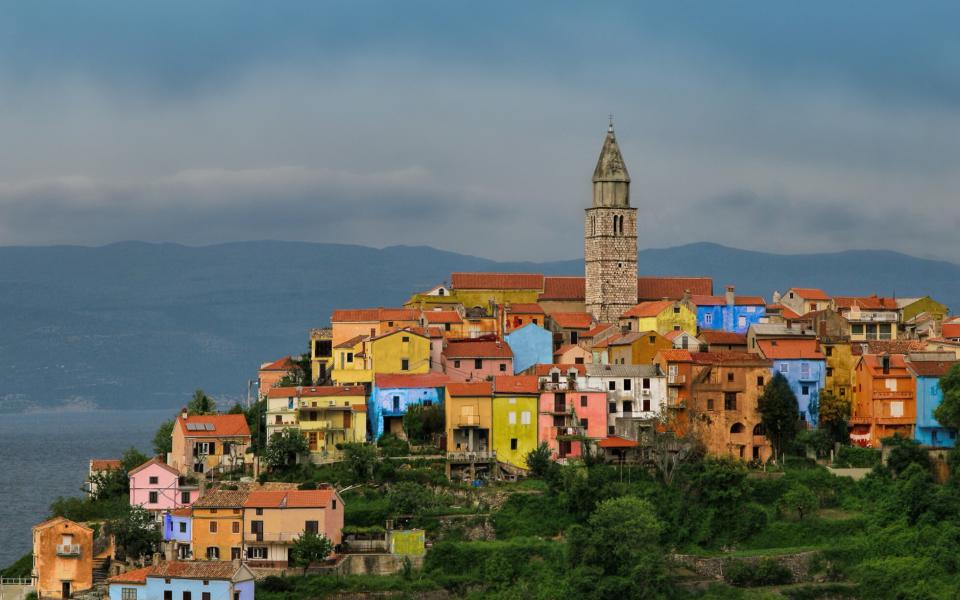
The largest island in the whole of the Adriatic, colourful Krk is a great choice for wine lovers and can be reached by road-bridge from Rijeka. Don’t miss a trip to the Volsonis bar in historic Krk Town, where you can sip golden Zlahtina wine in atmospheric 2,000-year-old Roman catacombs. Awash with waterfalls of blue bellflowers, the village of Vrbnik is a stunner where vintners produce Krk’s famous Valomet “sea champagne”, matured on a sea bed 30m deep.
Double rooms at the village’s wine-themed Gospoja Vinotel (gospoja.hr) start from €175.20 including breakfast in August.
Cres
Regular ferries run from Valbiska on Krk to the unspoilt island of Cres (25 minutes; 18 kuna/£2.10 one-way). Though its name is pronounced “stress” in Croatian, the island epitomises the exact opposite – it is an eco-friendly haven blissfully far from the madding crowds. Cypress forests, ancient olive orchards and near-deserted emerald coves make it a paradise for hikers, bikers and nature-lovers.
Family-run Pansion Tramontana, on the spectacular north-eastern cliffs, has sea-view doubles in August from €85.50 including breakfast, subject to three nights’ minimum stay. Boat trips, scuba-diving and birdwatching expeditions are available.
Losinj
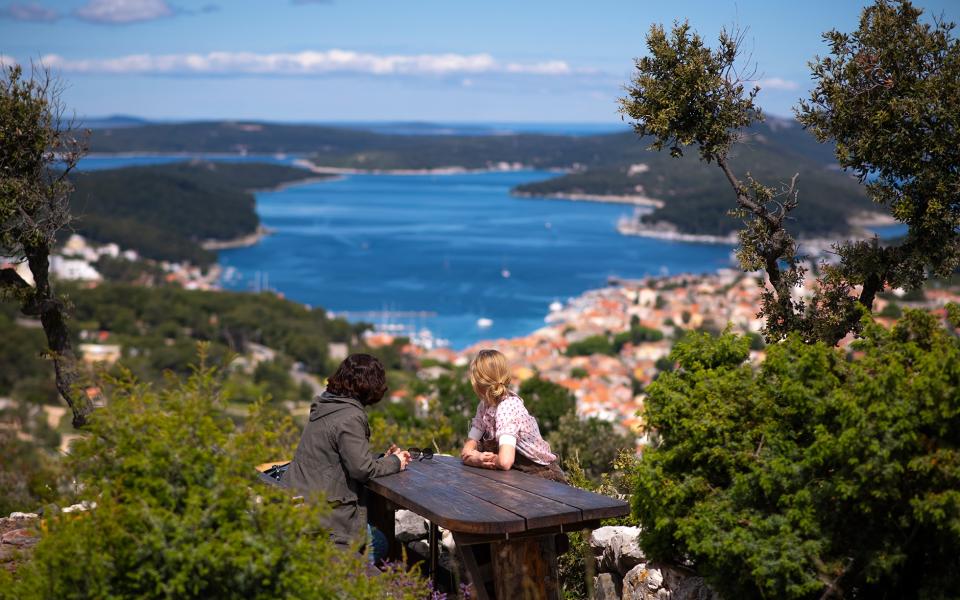
A swing bridge connects picturesque Osor on Cres to Losinj (pronounced Loshin) – a mosaic of turquoise waters, aromatic pine forests and harbour settlements studded with pink- and pistachio-painted houses. In the 19th century, it became a health retreat for Habsburg royals. It’s now a top spot for luxury spa breaks. Make a beeline for the rustic Garden of Fine Scents (miomirisni-vrt.hr).
Hotel Bellevue on picturesque Cikat Bay has a state-of-the-art spa. Double rooms in August cost from €338, including breakfast.

